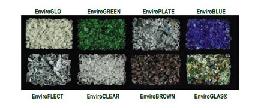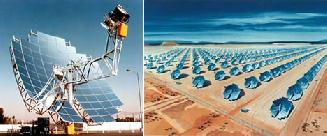One of the major downsides of solar power has been its low efficiency and relatively high cost. Now, a new ultra-thin solar cell developed by James Zahler from Aonex Technologies and EMCORE PhotoVoltaics, is being touted to offer a cheaper, lighter substitute to the existing devices. Unlike the traditional solar cells, the new cell entrenches a thin “wafer-bonded” substrate instead of a comparatively thick semiconductor substrate. The process is dubbed Exfoliation.
Scores over the conventional cells:
Zahler’s team claims the new thin solar cell will have better photovoltaic characteristics than the customary cells, which are deposited on bulk substrates. So, you can figure it out yourself that while the bulk substrates are hundred microns thick, the wafers used in newly developed solar cells are just a hundred nanometres thick.
The process of Exfoliation:
The aim of the Zaher’s team was to cut down the manufacturing costs and make the solar cells lighter. For this, they thought of replacing thick indium phosphide substrate with an ultra-thin layer of the same material on top of a cheap, oxidized wafer of silicon, the wafer-bonded substrate. To accomplish the same, they fixed an indium phosphide substrate with helium and heated it to trim a micron-thin layer. After that, this exfoliated layer was transferred onto the silicon wafer.
The upshot:
A team member Katsuaki Tanabe of Caltech told New Scientist that the transferred layer is just 900 nm thick. Moreover, it was able to deliver a 20% higher electrical output while the weight is just half to that of the conventional solar cells.
Future plans:
The next in thing for the researchers is a solar cell containing four photovoltaic layers, which are far efficient that the cells containing two or three layers. German researchers at have earlier developed cheaper, thin-film, silicon-based solar cells using single crystalline layers of silicon, but such concepts haven’t been picked up by the solar cell manufacturers. But, the scenario is not going to remain the same in the near future and we will see much cheaper and lighter solar cells with superior efficiency.
Via: NewScientistTech



